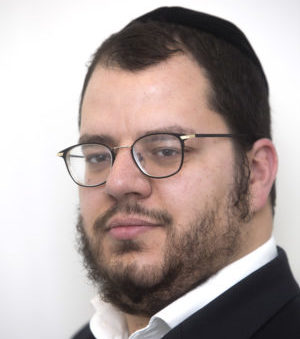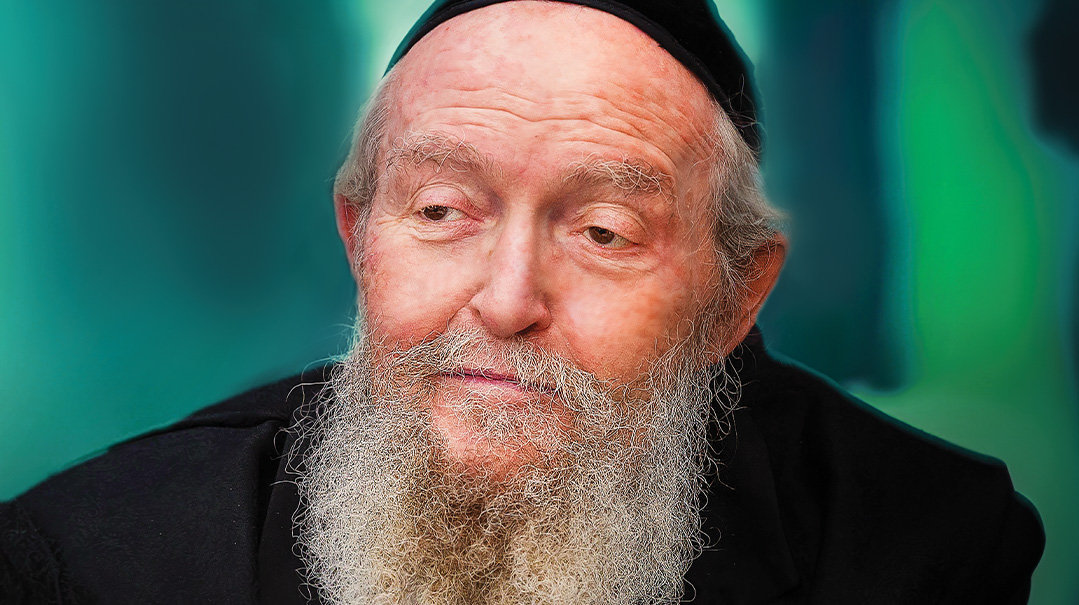New Day, New Page

Zvhil rosh yeshivah and veteran maggid shiur Rav Michel Zilber shares the secret fueling a century of Daf Yomi

Photos: Elchanan Kotler, Mattisyahu Goldberg, Mishpacha, and Family archives
When Zvhil rosh yeshivah and world-renowned Shas baki Rav Michel (Yechiel Michel) Zilber started recording his iconic Daf Yomi shiurim for Kol HaDaf in the 1980s, the “studio” was right here where we’re sitting, in his dining room. There were no fancy microphones or special sound equipment — just a large tape recorder that Rav Zilber had borrowed from his father, a large “Peninim” edition Gemara, and the baal habayis himself — a gaon with an exceptional gift for explaining. Each day, after shushing his children, he would press the record button and begin to speak about the daf. Even if Schottenstein existed then, he would never have used it — who needs it, if the entire Shas is at your fingertips?
Tens of thousands of people the world over consider themselves Rav Zilber’s talmidim: rebbes, roshei yeshivah, avreichim, and laymen — all of his regular listeners. Toward the end of his life, when he’d lost his vision, the Vizhnitz-Monsey Rebbe ztz”l would spend hours every day listening to Rav Michel Zilber’s tapes in Yiddish.
The presentation was always clear and concise: Every daf took exactly sixty minutes, the length of an average tape. Thousands of people connected daily, either with the Kol HaDaf tape gemach or the few shiur phone hotlines.
Reb Michel might be the rebbi of so many Yidden, but in essence, he’s also their chavrusa, having not only learned from him, but with him as well.
Sixty years after Rav Meir Shapiro’s Daf Yomi revolution in Poland, beginning on Rosh Hashanah of 1923, the next stage began in Jerusalem with Rav Zilber. Now, a hundred years later, it’s hard to imagine how Daf Yomi could reach every corner of the world without these shiurim.
Over the years, many new shiurim for Daf Yomi — all types for all types — have opened. But Rav Yechiel Michel Zilber was the Nachshon, the pioneer — one of the first marbitzei Torah to harness the evolving technology for the benefit of disseminating Torah.
But Rav Michel’s mission didn’t end after the recording. His daily quota of learning is still mind-boggling, matched only by that of Rav Chaim Kanievsky ztz”l. Rav Michel makes a siyum on Talmud Bavli and Talmud Yerushalmi each year on Succos. For that, he studies seven blatt of Bavli and four blatt of Yerushalmi each day. In addition, he makes a siyum on Shishah Sidrei Mishnah each month. Toward that end, he learns 18 chapters of Mishnayos a day. So in effect, each year he makes a siyum on the entirety of Torah.
On Rosh Hashanah night, in 1923, three weeks after the famous declaration of Rav Meir Shapiro in the Viennese auditorium at the first Knessiah Hagedolah that August, the Imrei Emes of Gur asked for a Maseches Berachos and he sat down to learn the first daf.
Yidden did the same thing around the world, and are doing it to this day, assisted in no small measure by Rav Michel Zilber. The cassettes were replaced by compact discs, and then upgraded to digitization, and today, there isn’t a single digital platform for the dissemination of Daf Yomi that doesn’t have Rav Zilber’s shiurim at the top of the roster.
Oops! We could not locate your form.







